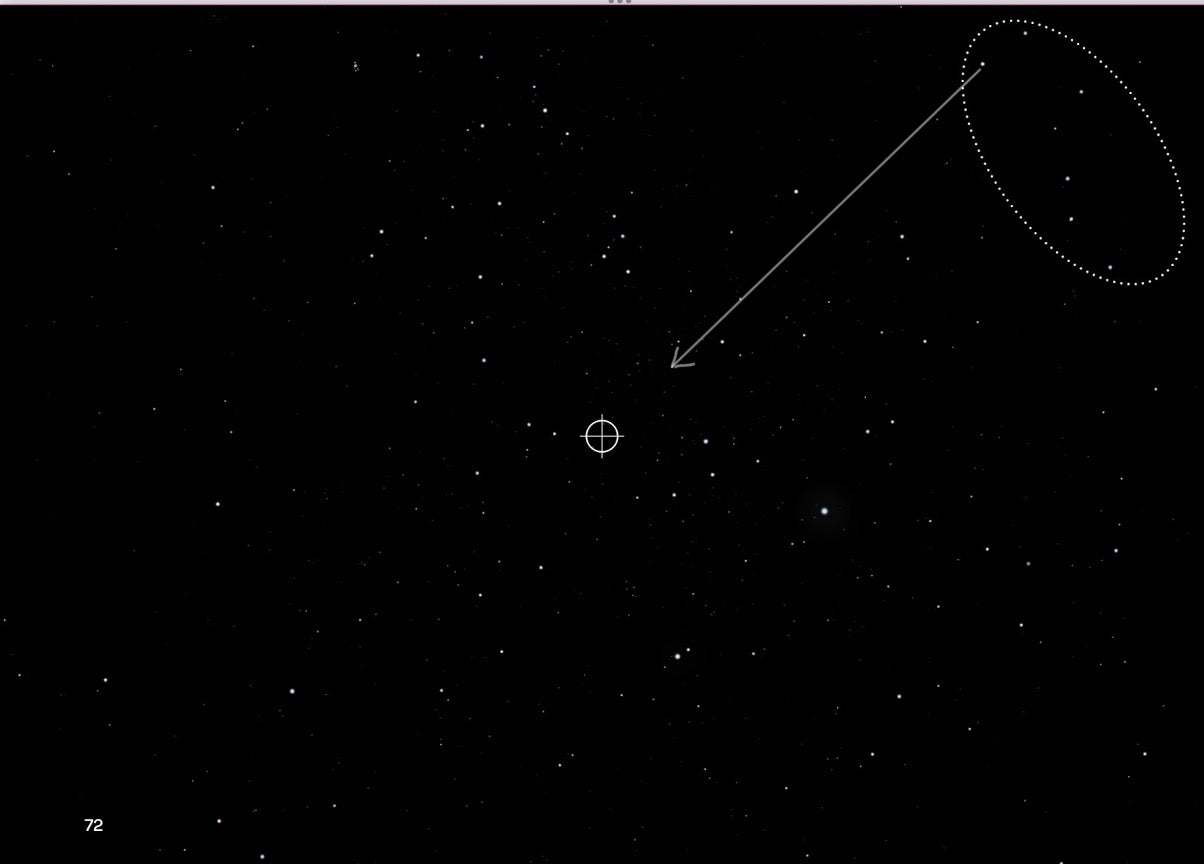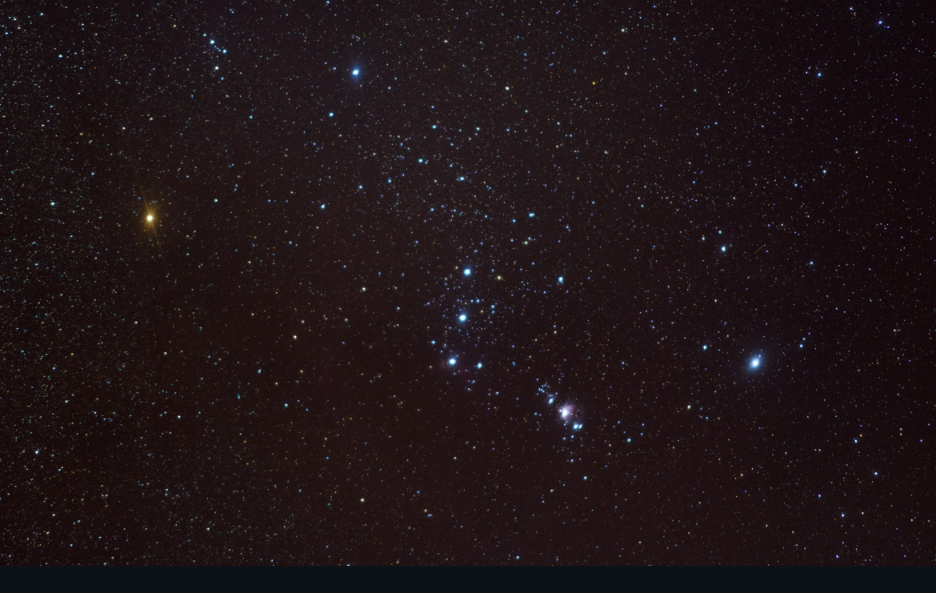Which way is North? Unveiling the Mysteries of Polaris


Polaris, also known as the North Star or the Pole Star, is very close to, though not exactly on, the north celestial pole. So if you ever happen to be standing on the North Pole, you will see Polaris shining directly overhead. This unique alignment with Earth's axis means the entire sky appears to revolve around Polaris. Polaris is an interesting star for several reasons:
In Sequence One of Stikky Night Skies, you learn how to find the Big Dipper. If you can find the Big Dipper, you can find Polaris. Looking at the picture above, you can see that the two stars at the front of the cup part of the Big Dipper point to Polaris.

Once you have found Polaris, trace an imaginary line from the sky directly over your head to Polaris. The imaginary line points North.
Often referred to as the ‘star of the sea’ or ‘Stella Maris', sailors have relied on Polaris for centuries to navigate at night. using a sextant to determine the angle between the horizon and the pole star, sailors can estimate their latitude, helping them navigate both north and south. Logbooks from Shackleton's passage to Antarctica document them using Polaris to determine their latitude as they approached Madeira.
The Polaris that we see with the naked eye is actually a triple star system. Polaris A is the main star, a supergiant with six times the mass of our sun. Polaris B is a companion to Polaris A, and similar in mass to the sun. Polaris A and Polaris B are far enough apart from each other (240 billion miles!) to be seen individually with a small telescope. It wasn't until 2006 that the third star, Polaris Ab, was discovered by a team of astronomers working with the Hubble Telescope.
While Polaris is our North star now, it won't always be so. Due to the very slow oscillation of the earth's axis, like a spinning top, Polaris will not always point to true north. Vega was the North Star in around 12,000 BC and will take over as the North Star again in just over 12,000 years from now.

Many star trail photos focus on Polaris because all the other stars appear to revolve around it as the earth rotates along its axis, resulting in a great spinning composition. To capture the stars slowly circling around Polaris, aim your camera at it and leave the shutter open for thirty minutes even all night long. You don't have to have fancy equipment to capture a star trail photo or timelapse. A clear night with a good phone camera, a tripod, and the NightCap app will get you started. Learn more in this video.
The next time you look up at the night sky, remember that Polaris, the North Star, is more than just a twinkling light; it's a celestial legacy that has guided humanity for generations.
Related Posts
View all posts
Polaris, also known as the North Star or the Pole Star, is very close to, though not exactly on, the...

The night sky is a tapestry of celestial wonders, and among them, the constellation Orion stands out as one of...